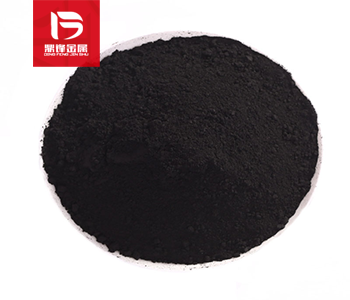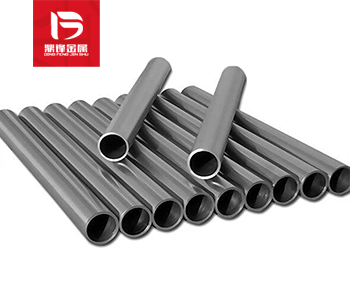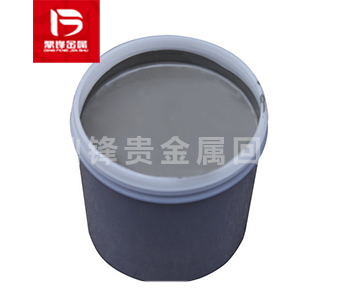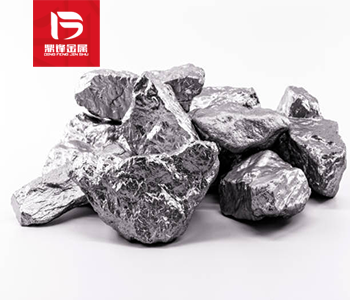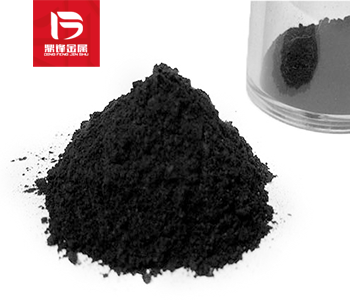Palladium paste recovery_ Understand the main uses of palladium paste
Palladium paste is a material with a wide range of uses, ranging from laboratory experiments to industrial production processes. Palladium paste is a colloidal suspension of small palladium metal part
Palladium paste is a material with a wide range of uses, ranging from laboratory experiments to industrial production processes. Palladium paste is a colloidal suspension of small palladium metal particles in an aqueous medium, allowing it to be easily applied to various surfaces. It has excellent adhesion and can cure at low temperatures. In this article, we will explore the main uses of palladium paste in various industries.
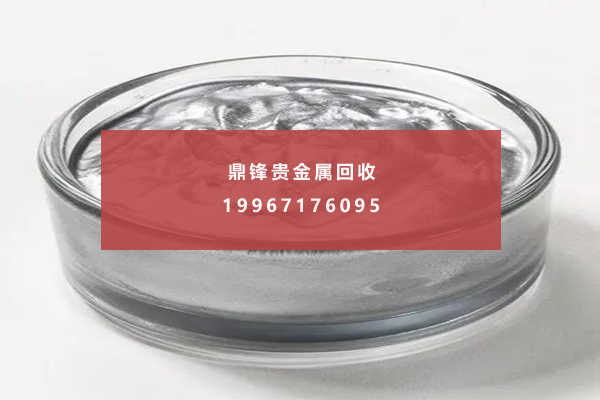
The main uses of palladium paste: 1. The electronic industry largely relies on the application of palladium paste to printed circuit boards. Palladium paste is used to generate conductive traces, resistance, and sensing elements, and to bond various components to their surfaces. Palladium paste has excellent conductivity, making it an ideal material for manufacturing high-performance circuits. Palladium paste is highly customizable and can be formulated according to the specific needs of the application.
2. The automotive industry mainly uses palladium paste as an oxygen sensor to monitor the oxygen level in engine exhaust emissions. Oxygen sensors require a layer of palladium paste to act as a catalyst for chemical reactions that generate electrical signals. The high catalytic activity and excellent stability of palladium paste in high-temperature environments make it the preferred material for this application.
3. The application of palladium paste in the chemical industry includes the production of pharmaceuticals, agricultural chemicals, and various other compounds. Palladium paste is used as a catalyst for a wide range of chemical reactions, including hydrogenation, dehydrogenation, cross coupling, and Suzuki Miyako reaction. Palladium paste has the characteristics of high efficiency, good selectivity, and easy regeneration, making it an excellent choice for producing high-quality chemicals.
4. The medical industry uses palladium ointments in various implantable medical devices, such as pacemakers and defibrillators. Palladium paste is used to make electrodes that come into direct contact with patient tissue. The biocompatibility, non-toxicity, and excellent conductivity of palladium paste make it an ideal material for this application. The versatility of palladium paste and its ability to deposit on various substrates make it an important material for manufacturing implantable medical devices.
5. The aerospace industry uses palladium paste to manufacture rocket engines and other high-temperature applications. Palladium paste is used to manufacture catalytic burners, burning fuel and generating thrust. The high-temperature stability, thermal shock resistance, and excellent catalytic activity of palladium paste make it the preferred material for this application. Palladium paste can easily deposit on complex shapes, making it the basic material for manufacturing rocket engines.
6. The Arms industry uses palladium paste to make various components of missiles and other defense systems. Palladium paste is used to manufacture guidance systems and control surfaces for missiles. The high-temperature stability and excellent conductivity of palladium paste make it an ideal choice for these applications. Palladium paste is also used to manufacture high-precision electronic components used in various defense systems.
&Quot; Dingfeng Precious Metals Recycling includes precious metals such as gold, silver, palladium, rhodium, platinum, germanium, iridium, ruthenium, etc. This is our business in precious metal recycling. If you have precious metals such as gold, silver, palladium, rhodium, platinum, germanium, iridium, ruthenium that need to be recycled, please contact us and we will provide you with a satisfactory price& Quot;



